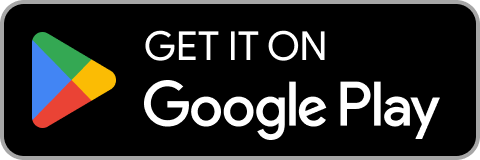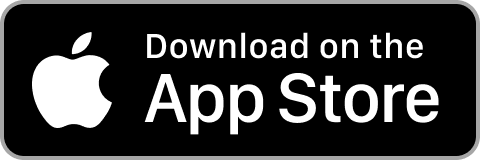Algebra represents problems or situations as mathematical expressions. It involves variables like x, y, z, and mathematical operations like addition, subtraction, multiplication, and division to form a meaningful mathematical expression. All the branches of mathematics such as trigonometry, calculus and coordinate geometry use algebra. One simple example of an expression in algebra is 5 + 2x = 15. Algebra deals with symbols that are related to each other with the help of operators. It is not just a mathematical concept, but a skill that all of us use in our daily life without even realizing it. Understanding algebra as a concept is more important than solving equations and finding the right answer.
This course introduces you to the different types of mathematical operations as well as number systems. It then gives you an insight into the standard definition and properties of rational numbers, and types. Square roots can be confusing because most times the learner makes the mistake of multiplying that number by 2 or by the power. Then, you will be introduced to monomials and polynomials. Monomials are simply numbers, but polynomials can get more complicated than that. A polynomial is the sum of monomials where each monomial is called a term. This course simplifies these concepts with the aid of examples. Symmetry can be useful in graphing an equation because if we know one portion of the graph then we can also find the remaining portion. You will learn about how to test for symmetry in algebra.
Lastly, you will be introduced to the Cartesian coordinate systems that are the foundation of analytic geometry. They are also essential tools for most applied disciplines that deal with geometry, including astronomy, physics, engineering, and many more. The material outlines how to plot points on the Cartesian coordinate system, and graph a linear inequality. In elementary algebra, the quadratic formula is a formula that provides the solution to a quadratic equation. This course outlines the different methods of solving quadratic equations with the aid of examples. Sequences and series are some of the most basic topics in arithmetic. An itemized collection of elements in which repetitions of any sort are allowed is known as a sequence, whereas a series is the sum of all elements. The material analyzes the different types of sequences and series, as well as how to manipulate them.
What You Will Learn In This Free Course
View All Learning Outcomes View Less All Alison courses are free to enrol study and complete. To successfully complete this course and become an Alison Graduate, you need to achieve 80% or higher in each course assessment. Once you have completed this course, you have the option to acquire an official , which is a great way to share your achievement with the world.
Your Alison is:
- Ideal for sharing with potential employers
- Great for your CV, professional social media profiles and job applications.
- An indication of your commitment to continuously learn, upskill & achieve high results.
- An incentive for you to continue empowering yourself through lifelong learning.
Alison offers 3 types of s for completed courses:
- Digital : a downloadable in PDF format immediately available to you when you complete your purchase.
- : a physical version of your officially branded and security-marked
All s are available to purchase through the Alison Shop. For more information on purchasing Alison , please visit our FAQs. If you decide not to purchase your Alison , you can still demonstrate your achievement by sharing your Learner Record or Learner Achievement Verification, both of which are accessible from your Account Settings.














 Avg Hours
Avg Hours CPD Accredited
CPD Accredited
 Total XP:
Total XP: 
 Knowledge & Skills You Will Learn
Knowledge & Skills You Will Learn






